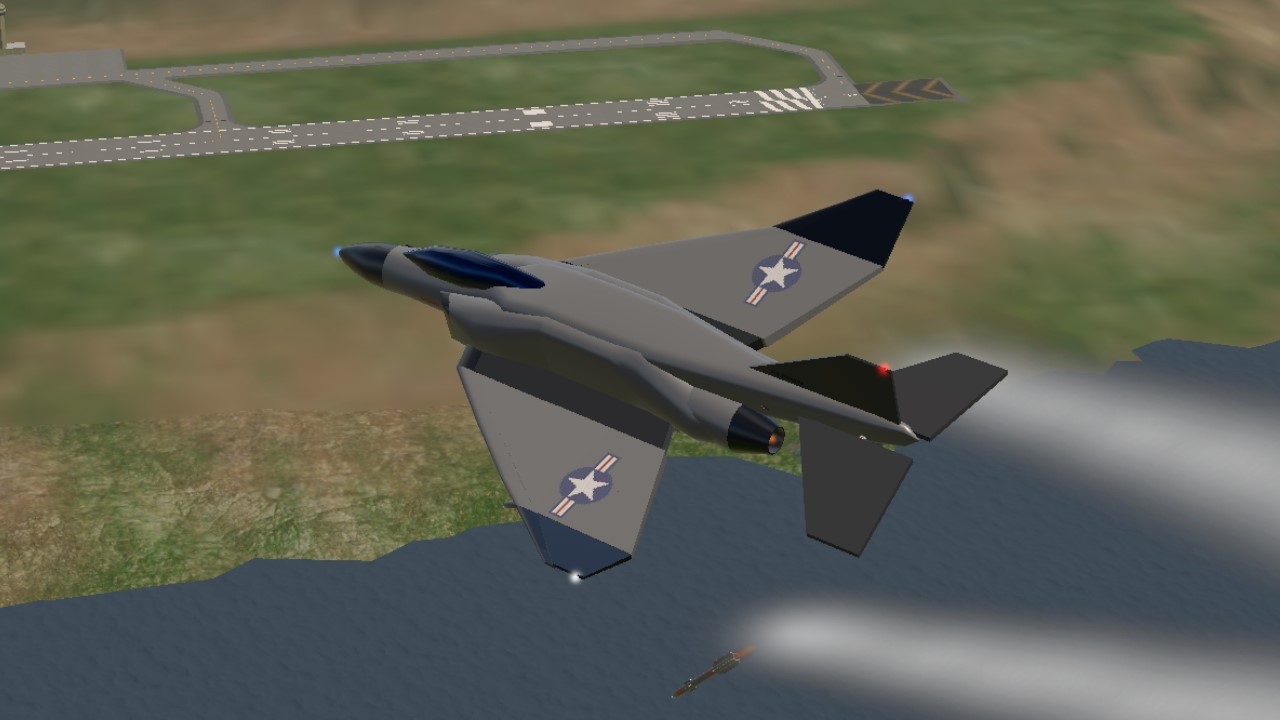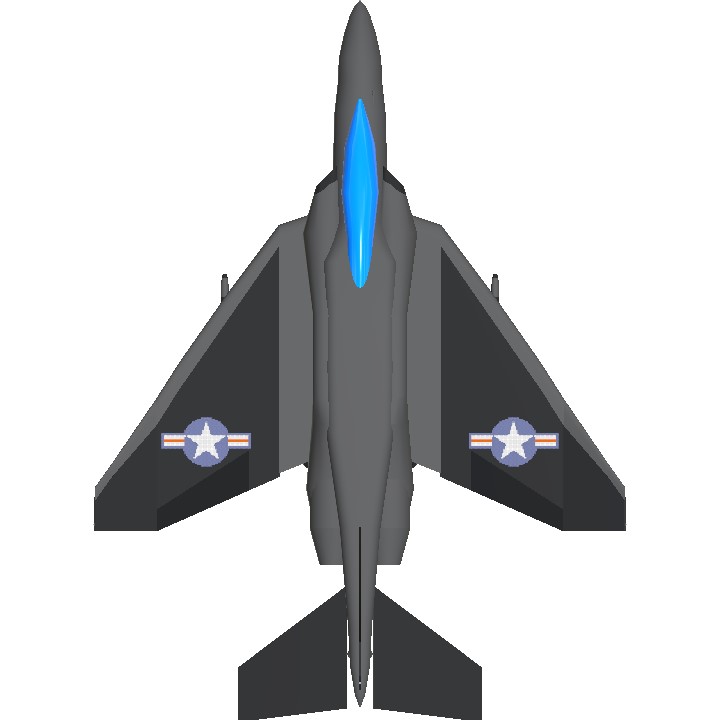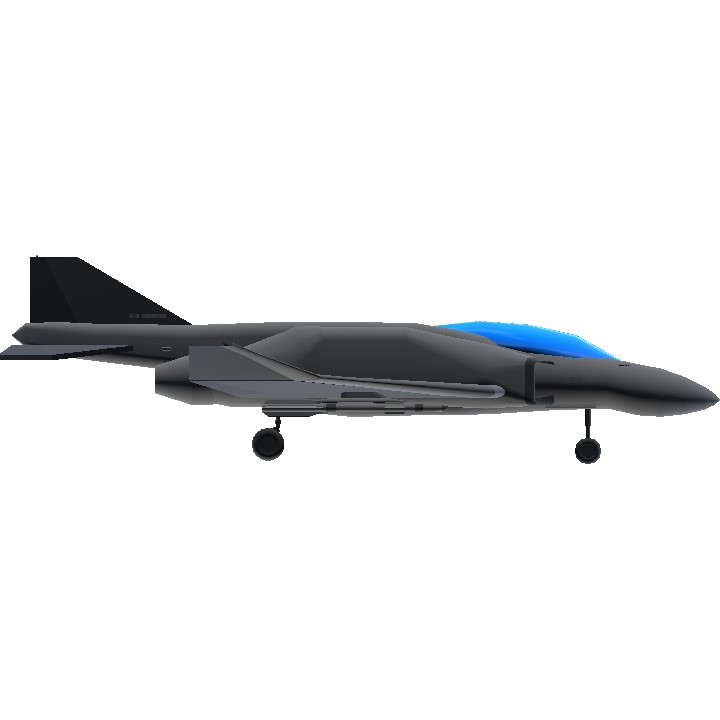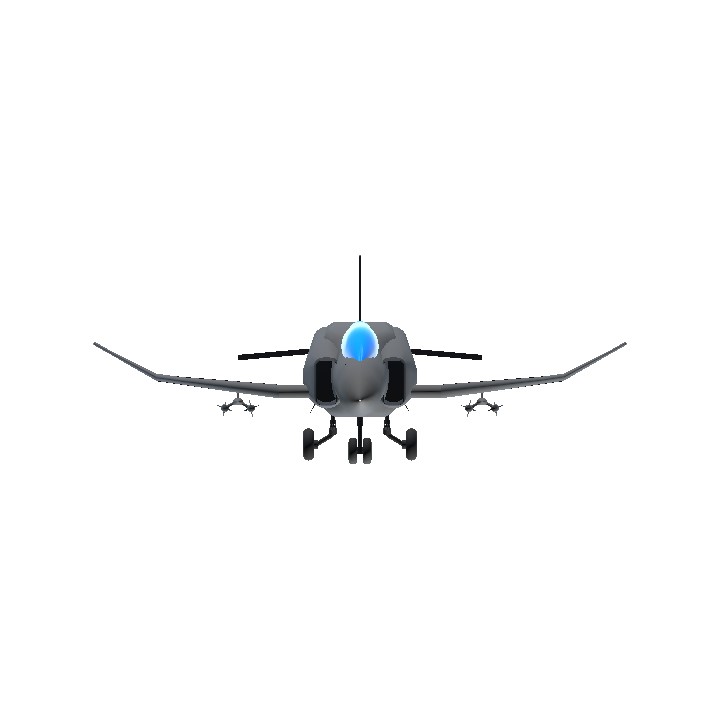The Need for a New Fighter
In the late 1950s, the United States Air Force (USAF) was in need of a new, all-weather fighter jet that could replace its aging fleet of F-100 Super Sabres and F-86 Sabres. The USAF was looking for a aircraft that could operate effectively in both day and night conditions, with a high level of maneuverability, speed, and firepower.
McDonnell's Response
In response to the USAF's requirement, McDonnell Aircraft Corporation, led by designer Ed Heinemann, began working on a new design concept in 1955. The company had previously developed the F2H Banshee naval fighter, which had impressed the USAF with its performance.
McDonnell's proposal, known as the "F-4 Phantom," was designed to meet the USAF's requirements. The aircraft would have a sleek, delta-wing design with a long, pointed nose and a distinctive "bubble" canopy. The Phantom would also feature a powerful General Electric J79 turbojet engine, which would provide a significant boost in thrust and speed.
The First Flight
The first prototype of the F-4 Phantom, designated as the XF4H-1, took to the skies on May 27, 1958. The aircraft was piloted by test pilot Stan Storrs and made its maiden flight at Edwards Air Force Base in California. The initial flight was successful, and subsequent tests revealed that the Phantom had impressive handling qualities and a top speed of over Mach 1.7.
Entering Service
The F-4 Phantom entered service with the US Navy in 1960 as the F-4 Phantom II, replacing the F3H Demon. The US Air Force also adopted the aircraft in 1962, with the first operational squadron being activated in 1963.
Combat Proven
The F-4 Phantom II proved itself to be an exceptional combat aircraft, with its impressive performance characteristics, reliability, and adaptability. It played a significant role in several conflicts, including the Vietnam War, where it was used by both the US Navy and Air Force. The Phantom was also operated by other countries around the world, including Israel, Iran, Japan, and South Korea.
Legacy
The F-4 Phantom II remains one of the most iconic and successful fighter jets in history, with over 5,000 aircraft produced between 1958 and 1988. Its legacy continues to be celebrated by aviation enthusiasts and historians alike.
Specifications
General Characteristics
- Created On Android
- Wingspan 64.2ft (19.6m)
- Length 86.7ft (26.4m)
- Height 25.2ft (7.7m)
- Empty Weight N/A
- Loaded Weight 39,191lbs (17,777kg)
Performance
- Power/Weight Ratio 1.72
- Wing Loading 83.0lbs/ft2 (405.4kg/m2)
- Wing Area 472.0ft2 (43.8m2)
- Drag Points 6402
Parts
- Number of Parts 96
- Control Surfaces 3
- Performance Cost 536




